Last updated on July 2, 2024
There was a variety of materials used to manufacture antique watch cases. The most common was probably a silver alloy. Certainly, most of the cases in my collection are made from sterling silver. Case material is one way to determine the quality of an antique watch. More expensive cases were made from gold or gold plate, tragically many of these were destroyed after WW1 for their scrap value. There were many manufacturers of antique pocket watch cases, the most well-known is probably The Dennison Watch Case Company. Below are some of the types of antique watch case material I have come across.
Types of cases
Antique pocket watch cases typically come in two types, hunter or open face. Hunter watch cases have a metal lid to protect the crystal over the dial. Typically, in hunter case watches the movement and dial are laid out so that the pendant and crown are at three o’clock and the small seconds at 6 o’clock. They are called ‘hunters’ because fox hunting gentlemen found it convenient to be able to open their watch and read the time with one hand, whilst holding the reins of their “hunter” (horse) in the other. The lid is opened by depressing the crown. There are also half hunter pocket watch cases. These have a small circular glass window on the lid which allows the time to be read without opening the cover.
Open face watches have no protective lid. The movement and dial are laid out so that the pendant and crown are at 12 o’clock and the small seconds is at 6 o’clock. Occasionally, open face pocket watches are seen with the crown at 3 o’clock and small seconds at 6 o’clock. This means that a hunter layout movement has been fitted into an open face pocket watch case. These types of pocket watches are known as “sidewinders”.
Nickel
Nickel is a naturally occurring base metal. It has a silvery-white appearance, which takes a high polish. It is also very durable and highly resistant to corrosion. The type of nickel used in watch cases is typically a nickel alloy. The alloy is normally a mixture of nickel, copper and zinc. Polished nickel has a ‘white’ lustrous appearance similar to silver, but is much more durable and considerably less expensive. Nickel can cause skin irritation in some people. Nickel is also known as argentan or ‘German Silver’, an alloy finished to look like silver.
Silver
Watch case manufacturers offered silver cases as an upgrade from nickel cases. This came at a significant increase in cost, but still at a price well below those of cases containing gold. Pure silver is too soft to be of practical use. Typically, it is alloyed with another metal, usually, copper, to improve its durability. The quality of the silver alloy is expressed in units of parts per 1,000, this is known as millesimal fineness. Silver cases were available in various qualities. In Britain, sterling (.925 Fine) silver was the most common and this would be hallmarked on the case. In Switzerland cases were typically slightly less pure at .800 or perhaps .825 Fine, again this would be hallmarked on the case. Less common were silver-plated cases or silver-filled cases. These were made from an inexpensive base metal sandwiched between thin layers of silver.
Gold
Gold, in its purest form, is a bright, reddish-yellow metal that is very dense, soft and malleable. However, in its pure state, it is not practical to use in watch cases as it is simply too soft to be of use. It would be easily damaged with everyday usage. The gold used in antique watch cases is a gold alloy. The gold will be mixed with another base metal to increase its durability, whilst still retaining the appearance of gold. Typically, the base metal used will be copper, silver or nickel.
The carat system is used to indicate the amount of pure gold found in the alloy. Carat values range from 24ct for pure gold down to 9ct gold. Other common carat values include 22ct, 18ct and 14ct. Gold cases can often have a value that equals, if not exceeds, the value of the movement that they hold. For example, 14ct gold contains 14 parts of pure gold and 10 parts of additional base metals such as silver, tin or nickel. Calculated as a percentage, the purity of a 14ct gold alloy is 58.3%. As a general rule, the higher the carat, the less durable and more expensive it becomes.
Filled or rolled gold
A filled gold watch case would have a base metal core, such as brass, with a mechanically bonded outer layer of solid gold. To be legally considered ‘filled gold’, the gold content of the entire piece must be at least 5 per cent of the total weight. Therefore, a watch case with a nickel core (90%) and a bonded layer of 9ct gold (10%) would be considered 9ct filled gold. Silver-gilt, also known as vermeil, is another example of filled gold, using sterling silver as the underlying base metal. Rolled gold is made in the same way as filled gold, however, the gold content is less than 5% of the total weight. Filled and rolled gold watch cases are a less expensive way to incorporate gold into a watch case design than using solid gold.
Gold plate
Gold plate is the least expensive way to include gold in a watch case. It is a process where a thin layer of gold has been deposited over the surface of another metal. It is typically applied by chemical or electrochemical plating. The actual layer of gold is only several microns thick. Heavy gold plating typically has a layer 2.5 microns thick, which is 0.0025 millimetres. To give a comparison, a standard sheet of office paper will have a thickness of around 170 microns. Filled gold will have a gold layer at least one hundred times thicker than gold plate.
Enamel
Enamelled cases were popular in Europe during the 19th century. It was generally used to make watch cases with a colourful and ornate appearance. Enamel is a glassy substance. It is usually opaque and applied by fusion to the surface of the case metal. The type of enamel used for watch cases was typically vitreous enamel, which is made from powdered glass. Vitreous enamel cases have a very hard surface which is usually semi-reflective like glass.
Niello silver
Niello is a black alloy, typically consisting of sulphur, copper, silver, and lead. It is used as an inlay on engraved or etched silver. Initially, it is added as a powder or a paste to the silver. Then it is heated until it melts and flows into the engraved lines in the silver. It hardens and blackens when it cools. The excess niello on the surface is polished off to show the filled lines in black. This creates a striking contrasting effect with the polished silver base.
Galonne
Galonne is a French term for gold-plated silver. The gold is actually applied as a wash, which is thinner than traditional gold plating. Over time the gold wash wears away revealing the silver underneath. This typically creates a striped effect. Galonne style cases were very popular in Europe in the early 1900s’ In the example shown below, the case has a rose gold wash around the bezel and the edge of the case back. The case is in excellent condition, with just some minor wear to the rose gold wash.
Gunmetal
Gunmetal is an alloy formed of copper, tin and zinc. Originally, it was mainly used, as the name suggests, for making guns. It is highly resistant to corrosion from steam and salt water. It also has a dark appearance and lacks the rich lustre of silver or gold. However, with respect to watch cases, the use of the word gunmetal is a little confusing. This is because gunmetal watch cases are actually made of steel that has been treated with caustic soda. This procedure involves immersing the steel case parts in a caustic solution at about 180 degrees centigrade. This gives the steel a small amount of resistance to rust and corrosion. In reality, the cases should be described as steel with a gunmetal finish.
Stainless steel
Stainless steel is an iron alloy that is durable and highly resistant to corrosion. It contains at least 11% chromium and may contain other elements such as carbon, nickel, molybdenum, titanium and manganese. Stainless steel’s resistance to corrosion results from the chromium, which forms a passive film that protects against oxidization. The alloy’s properties, such as lustre and resistance to corrosion, are useful in many applications. Scientists have been aware of the resistance properties of chromium since the late 18th century and various forms of iron/chromium alloys were developed. However, modern stainless steel was invented by a British metallurgist, Harry Brearley in 1913. The durability and corrosion resistance of stainless steel made it an ideal material for watch cases. The first stainless steel wristwatches were made for military use during the First World War. At the moment, I don’t have any examples of stainless steel watches in my collection.
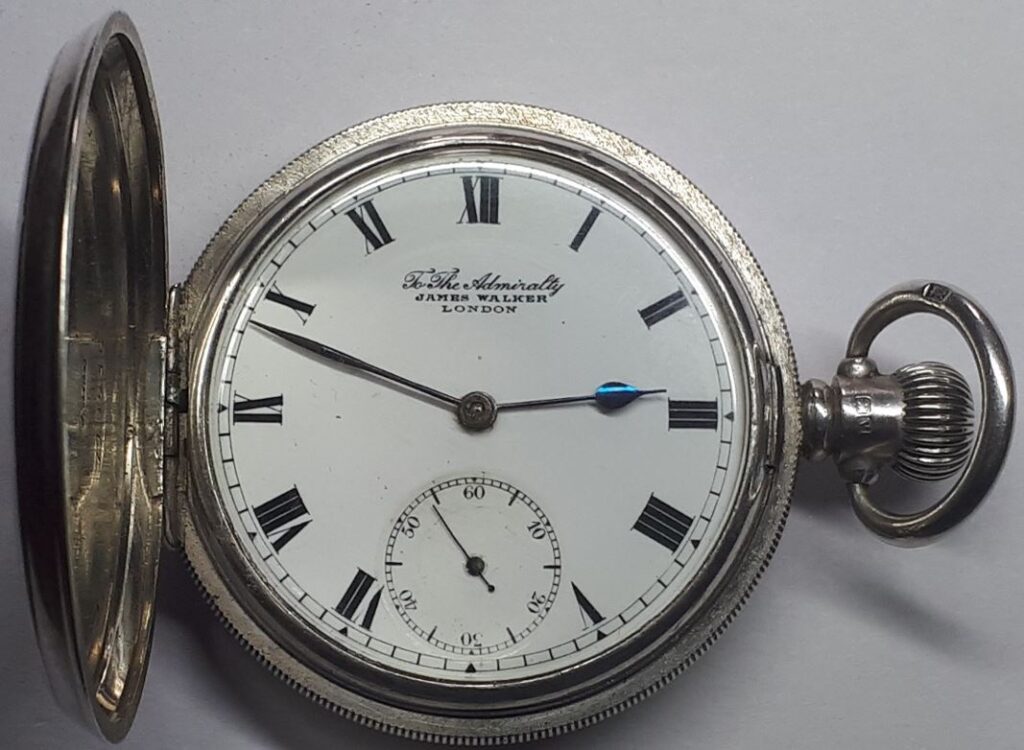
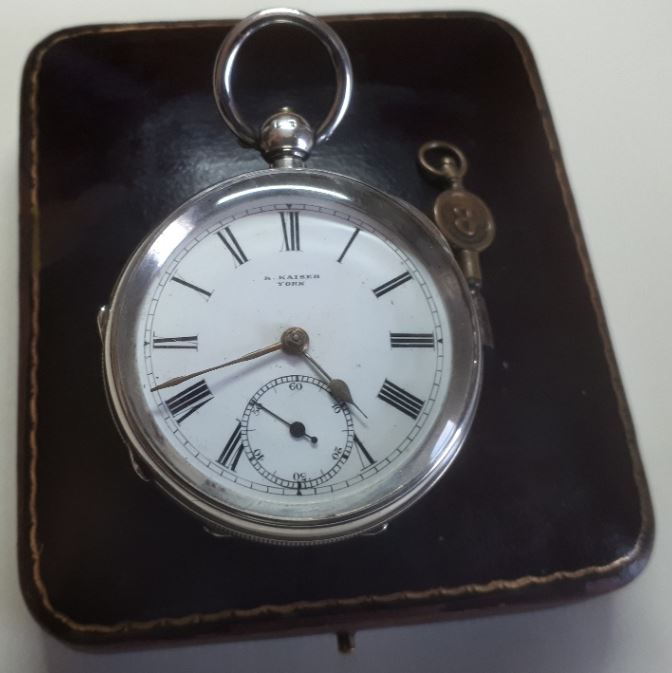
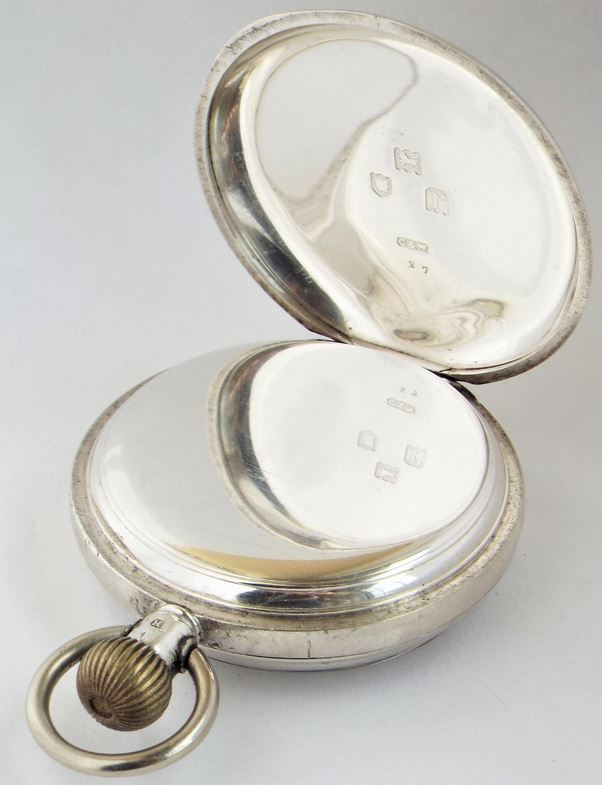
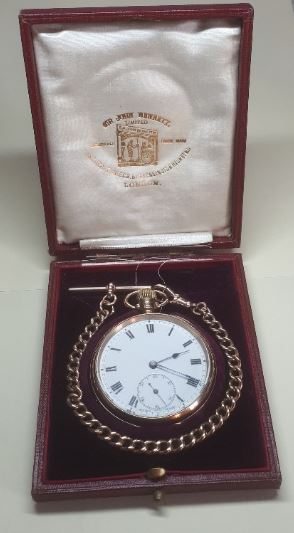
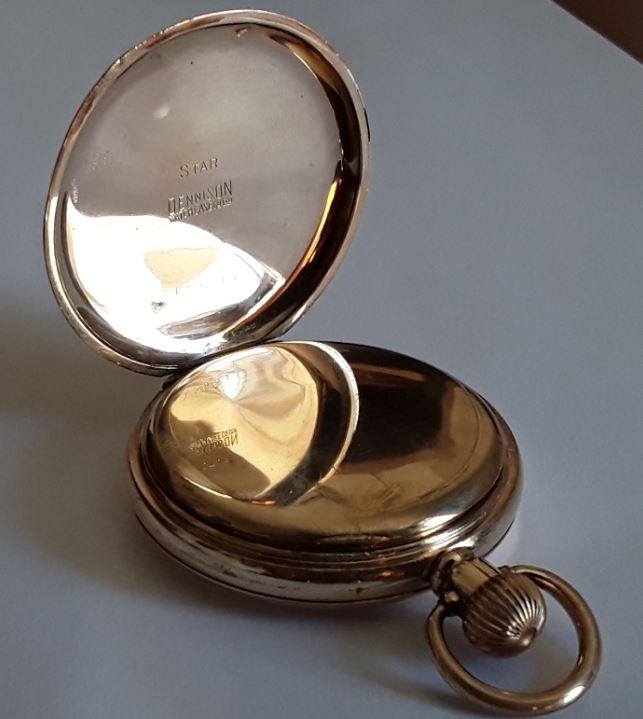
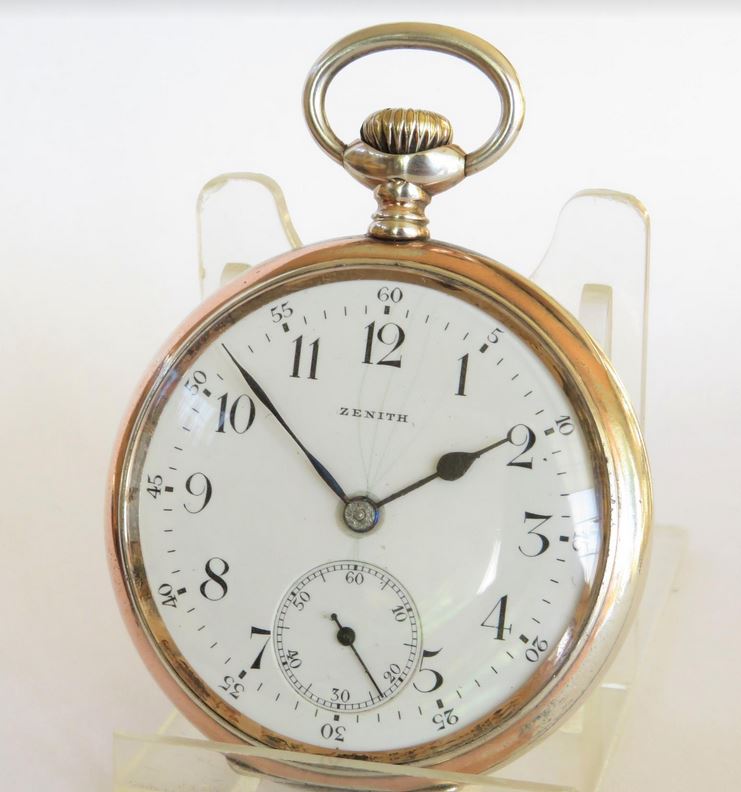
Gunmetal watch cases are made from steel that’s been blued with acids.
the gunmetal that’s brass based was used for cannon barrels much stronger than cast iron
david/s
Hi David, thanks for confirming the construction method for gunmetal. Appreciate the comment, thanks, Jason